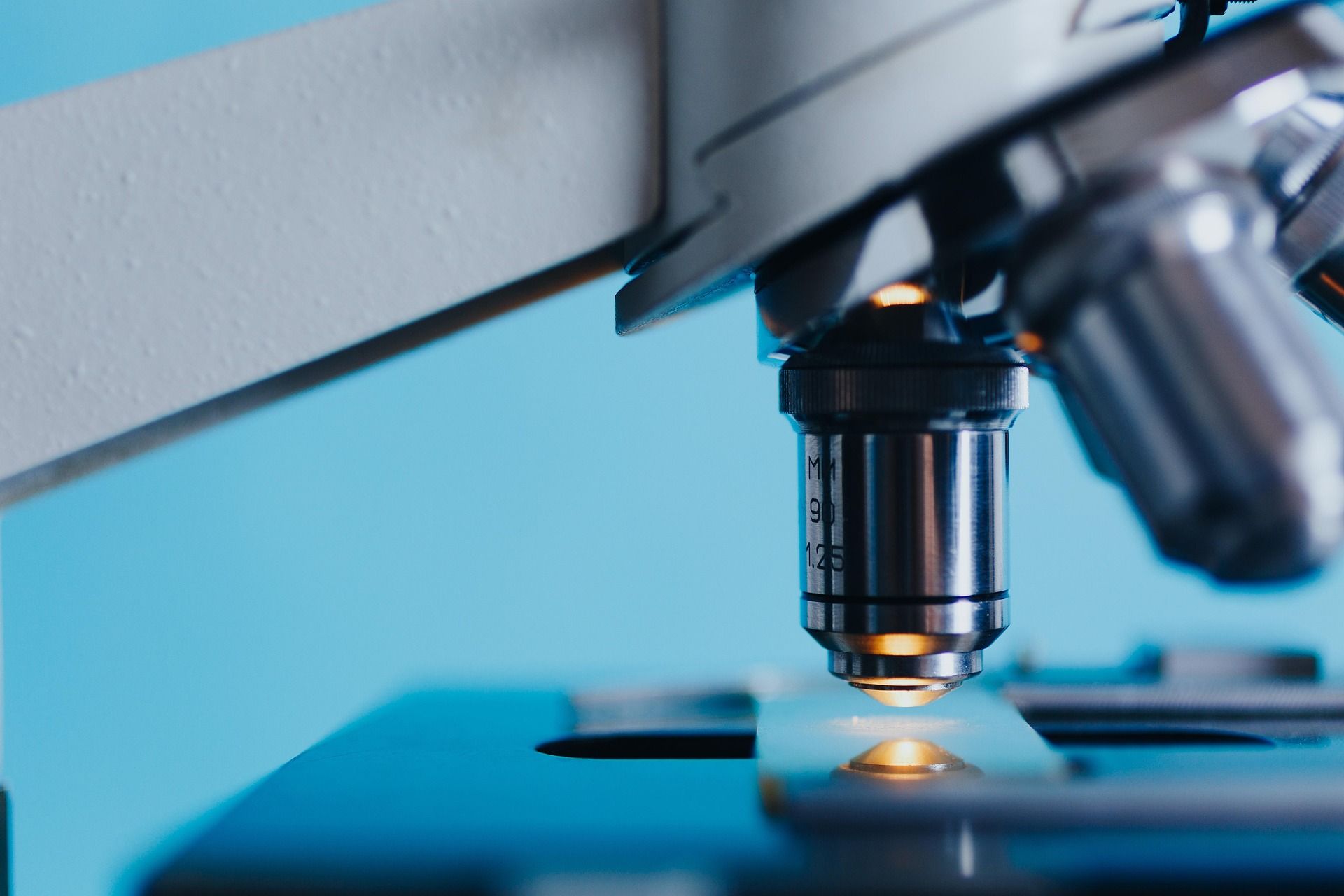business resources
Boost Research Efficiency With High-Performance Microplate Readers
7 Feb 2025, 1:14 am GMT
Microplate readers have become essential tools in laboratories, especially for the biotech and pharmaceutical sectors. These instruments, designed for high-throughput analysis, can process numerous samples simultaneously, offering researchers enhanced efficiency and accuracy in their experiments. With their ability to measure and analyze various parameters, microplate readers streamline research workflows and speed up the pace of scientific discovery.
Understanding Microplate Readers
Microplate readers operate by using different detection technologies to measure light absorption, fluorescence, or luminescence from samples in microplates. They can be equipped with multiple features such as automated liquid handling, temperature control, and extensive software support for data analysis. Understanding the working principles and functionalities of microplate readers is essential for selecting the right model to fit specific research needs. Microplate readers come in different formats, including absorbance, fluorescence, and luminescence readers.
Each type serves unique purposes; for instance, absorbance microplate readers are ideal for measuring visual color changes in samples, whereas fluorescence readers are suited for detecting specific biomolecules. An ELISA plate reader is typically a recognized instrument for analyzing enzyme-linked immunosorbent assays, enabling researchers to detect and quantify biomolecules with a high degree of sensitivity and specificity. By selecting the appropriate reader, researchers can optimize their analysis workflows and improve the overall quality of their data.
Detecting And Quantifying Samples Effectively
The ability to detect and quantify samples effectively is at the core of laboratory research. Microplate readers excel in this area, providing precise measurements that are crucial for ensuring experimental validity. Through advanced detection technologies, these instruments can analyze a variety of assay types, including enzyme-linked immunosorbent assays (ELISAs), cell viability assays, and protein-protein interaction studies.
The automation capabilities of modern microplate readers contribute significantly to data accuracy and reproducibility. The integration of software solutions enhances the capabilities of microplate readers, allowing researchers to customize protocols and analyze results with ease. High-performance readers can process data rapidly, enabling real-time monitoring of experiments and reducing the time between sample processing and results reporting.
Applications in Various Research Fields
Microplate readers are utilized in a wide array of research fields, including drug discovery, diagnostics, and molecular biology. In drug discovery, these instruments play a pivotal role in screening potential drug candidates by facilitating high-throughput assays that assess compound effectiveness and toxicity. The speed and efficiency of microplate readers allow researchers to quickly eliminate less promising candidates and focus their efforts where they are most likely to succeed.
In diagnostics, microplate readers enable laboratories to perform tests for diseases, accurately quantifying biomarkers that indicate health conditions. With the increasing demand for rapid and reliable diagnostic tools, these readers are indispensable for any clinical laboratory looking to enhance its testing capabilities. In molecular biology, they are vital for quantifying nucleic acids and proteins, thus supporting various experiments aimed at understanding cellular functions and interactions.
Benefits of High-Performance Microplate Readers
Investing in high-performance microplate readers comes with numerous benefits for laboratories seeking to improve their research efficiency. First, their speed allows for quick data acquisition, meaning experiments can be conducted and analyzed in shorter timeframes. This rapid turnaround is particularly beneficial in fast-paced research environments where time is of the essence. Second, modern microplate readers typically offer greater sensitivity and accuracy than older models. Improvements in optical technology ensure that even minute changes in sample characteristics can be detected accurately. Newer models often include enhanced features like user-friendly interfaces and comprehensive data management systems, simplifying the operational aspects of using these devices.

Choosing the Right Microplate Reader
Selecting the right microplate reader involves considering various factors such as the types of assays to be performed, the required reading formats, and budget constraints. Researchers should assess their specific needs, such as whether they require an absorbance reader or one that can handle fluorescence and luminescence measurements.
It is crucial to evaluate the compatibility of the reader with existing laboratory equipment and software. Another important consideration is the instrument's measurement range and sensitivity. Some assays may require the detection of low-abundance samples, necessitating a reader capable of delivering high sensitivity. By carefully evaluating these factors, researchers can ensure that they choose the instrumentation that best supports their experiment's goals and productivity.
Future Trends in Microplate Technology
As technology continues to advance, the microplate reader landscape is expected to evolve significantly. Innovations such as miniaturization of instruments, integration with artificial intelligence, and enhanced connectivity features will likely change how laboratories conduct their analyses. These advancements can lead to even greater levels of automation and data integration, optimizing workflows and allowing researchers to focus more on interpretation rather than manual processing of results. Continued improvements in detection technologies will facilitate the development of more sensitive assays that can decrypt complex biological information. Higher throughput capabilities will also allow laboratories to conduct more extensive studies, further pushing the boundaries of research potential.
Microplate readers are vital to the modern laboratory, providing fast, accurate, and efficient sample analysis. Their ability to facilitate high-throughput screenings across various applications signifies their importance in advancing research efforts. Ultimately, by investing in the right microplate reader and employing advanced technologies, laboratories can optimize their workflows, thus driving innovation and discovery in the scientific community.
Share this
Arthur Brown
Writer
A dad of 3 kids and a keen writer covering a range of topics such as Internet marketing, SEO and more! When not writing, he's found behind a drum kit.
previous
Limited Start-Up Budget Small Business Ideas in 2025
next
What to Know About Non-Compete Agreements